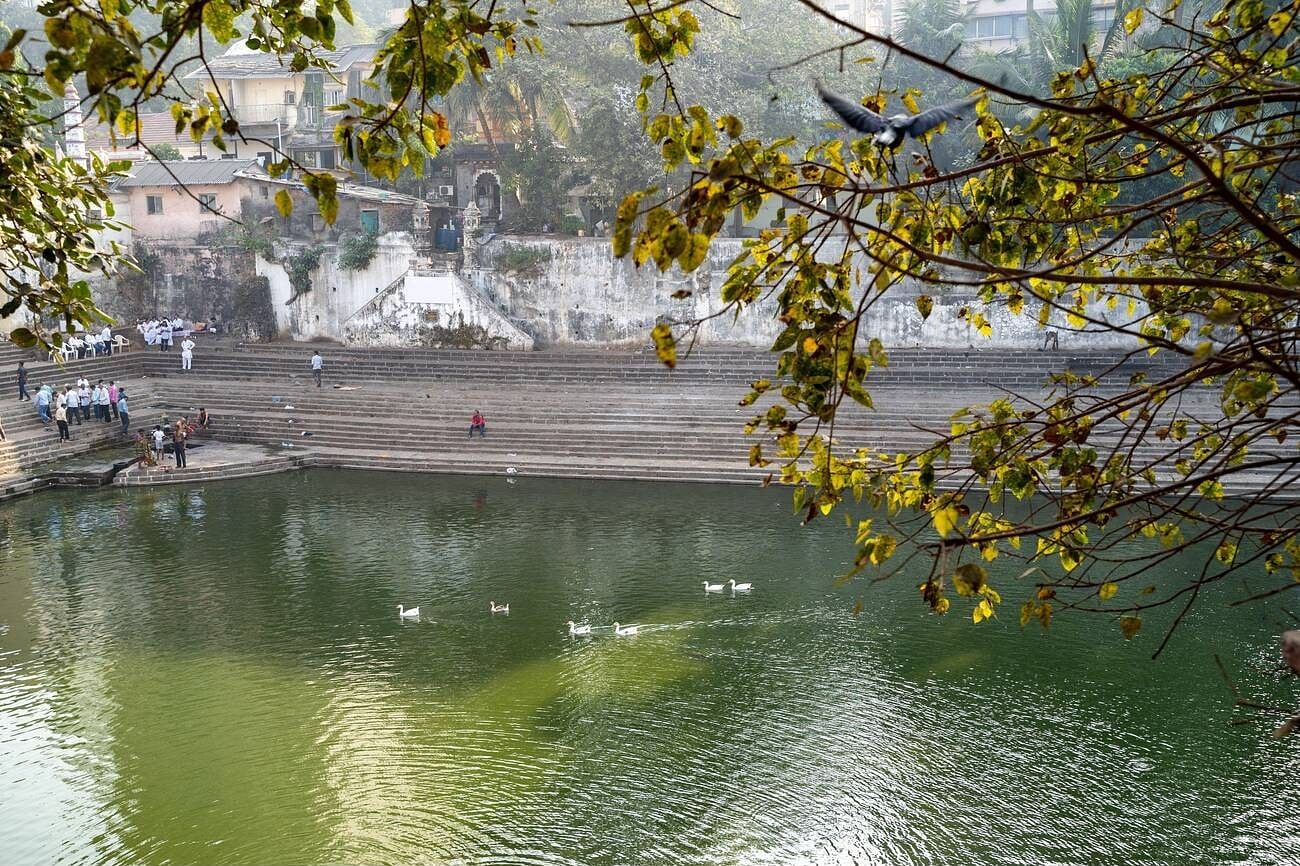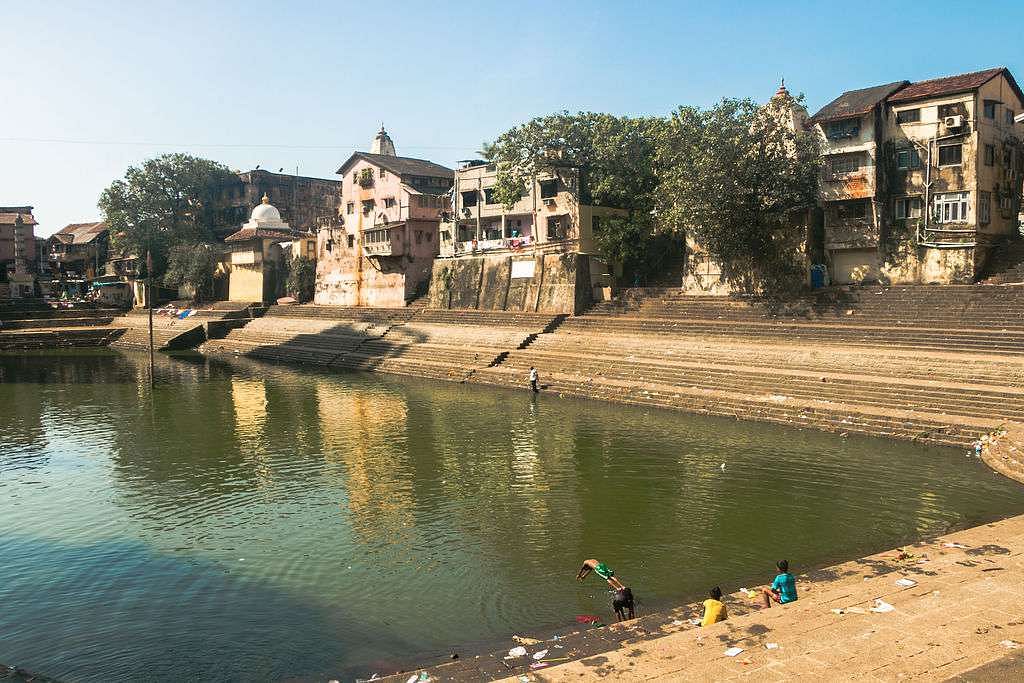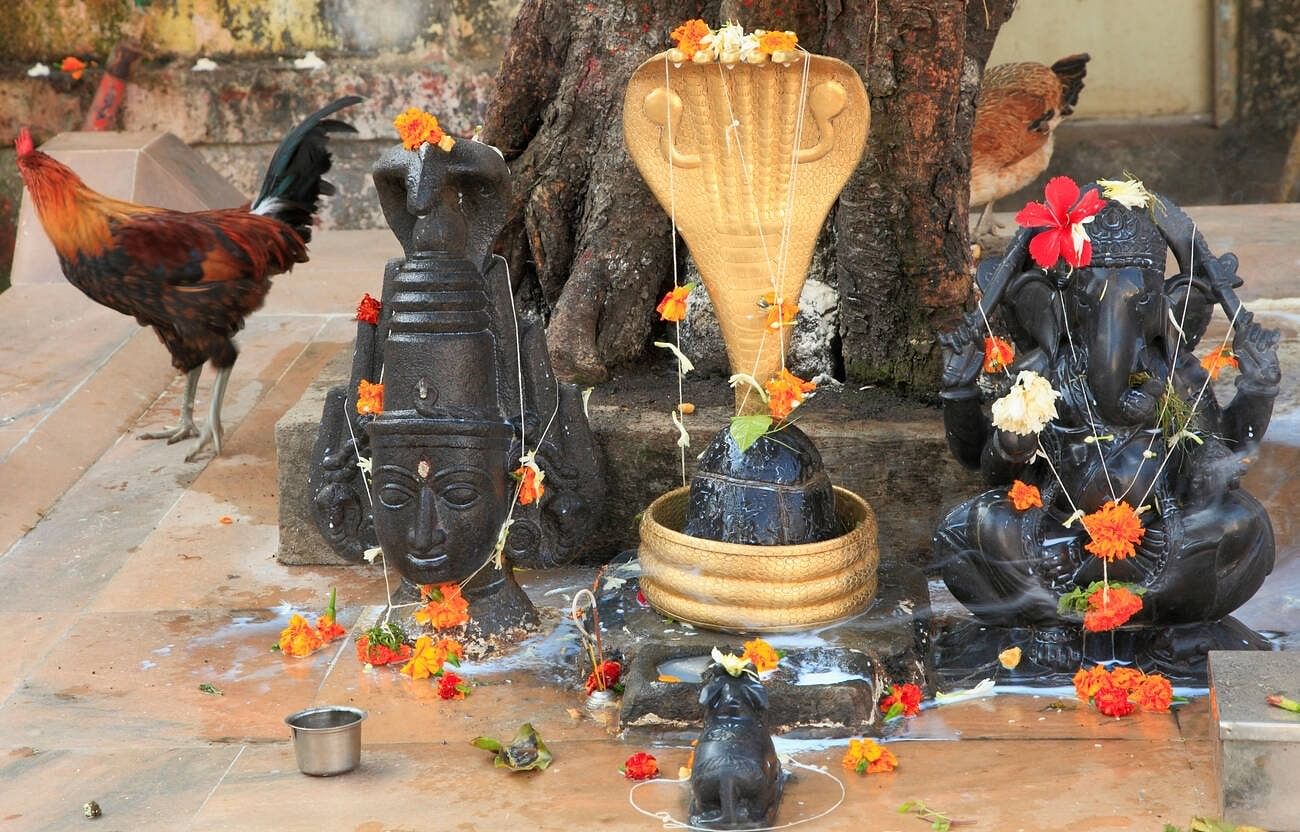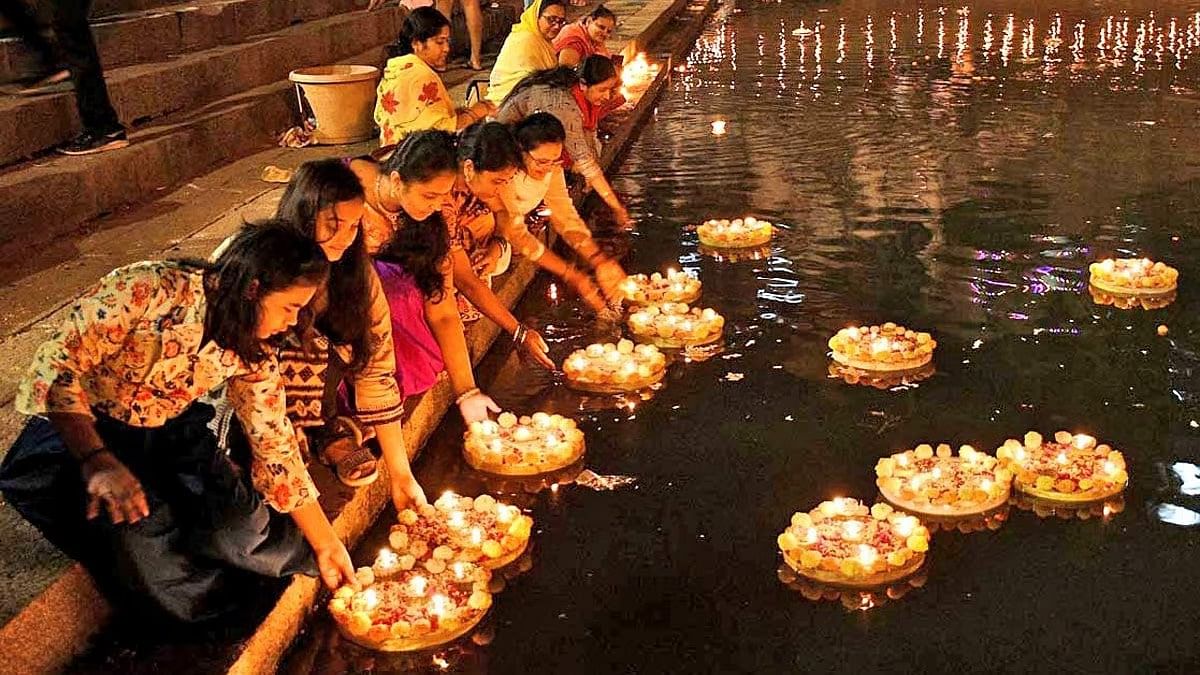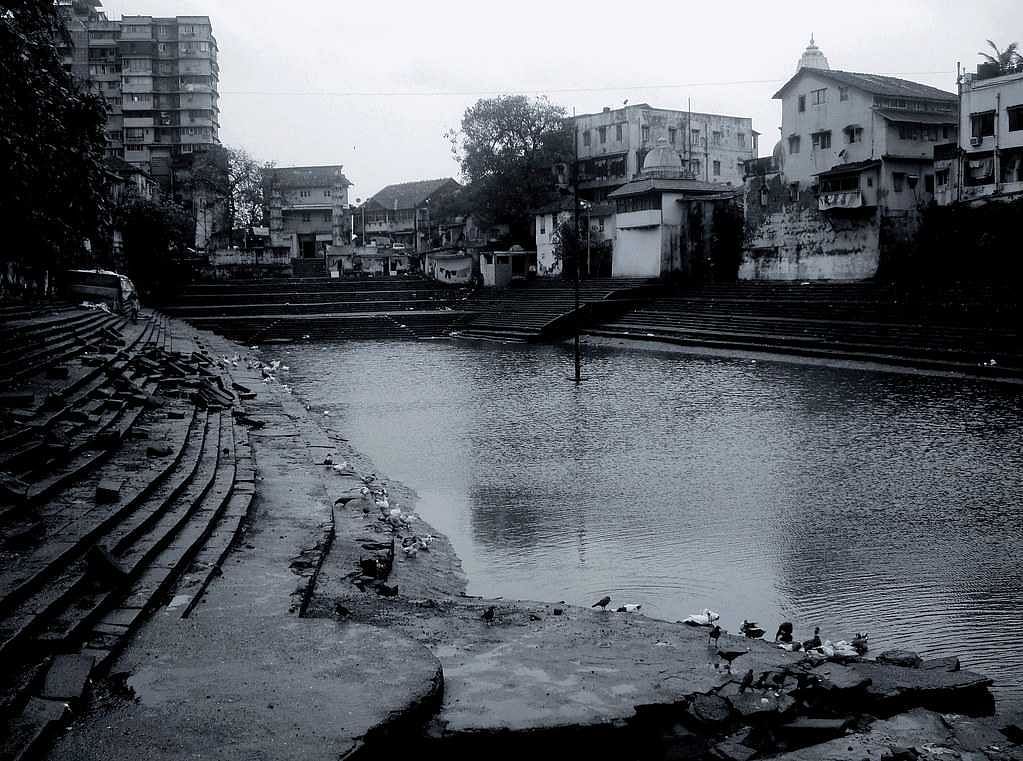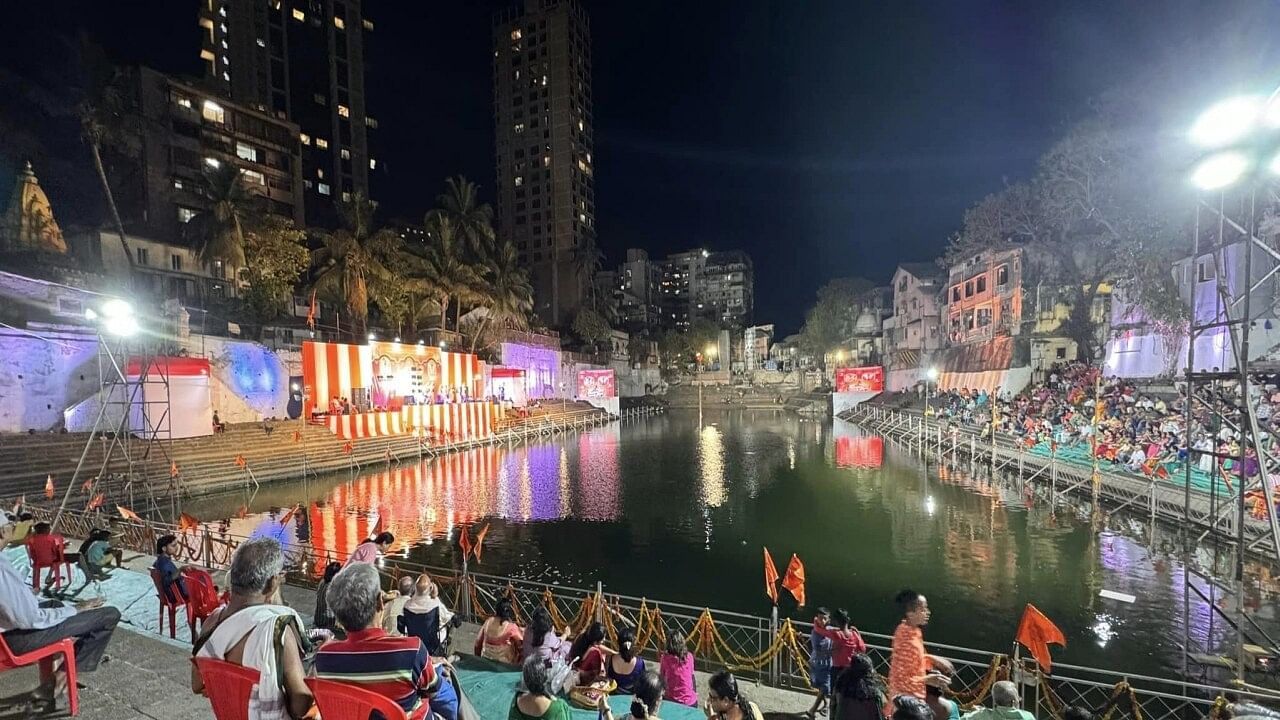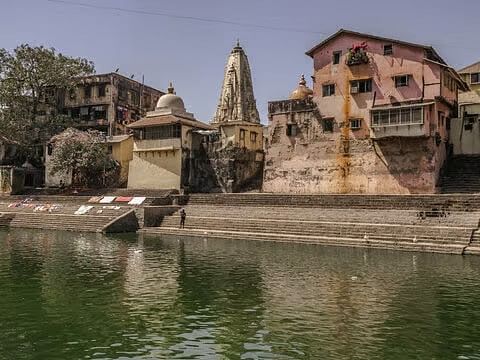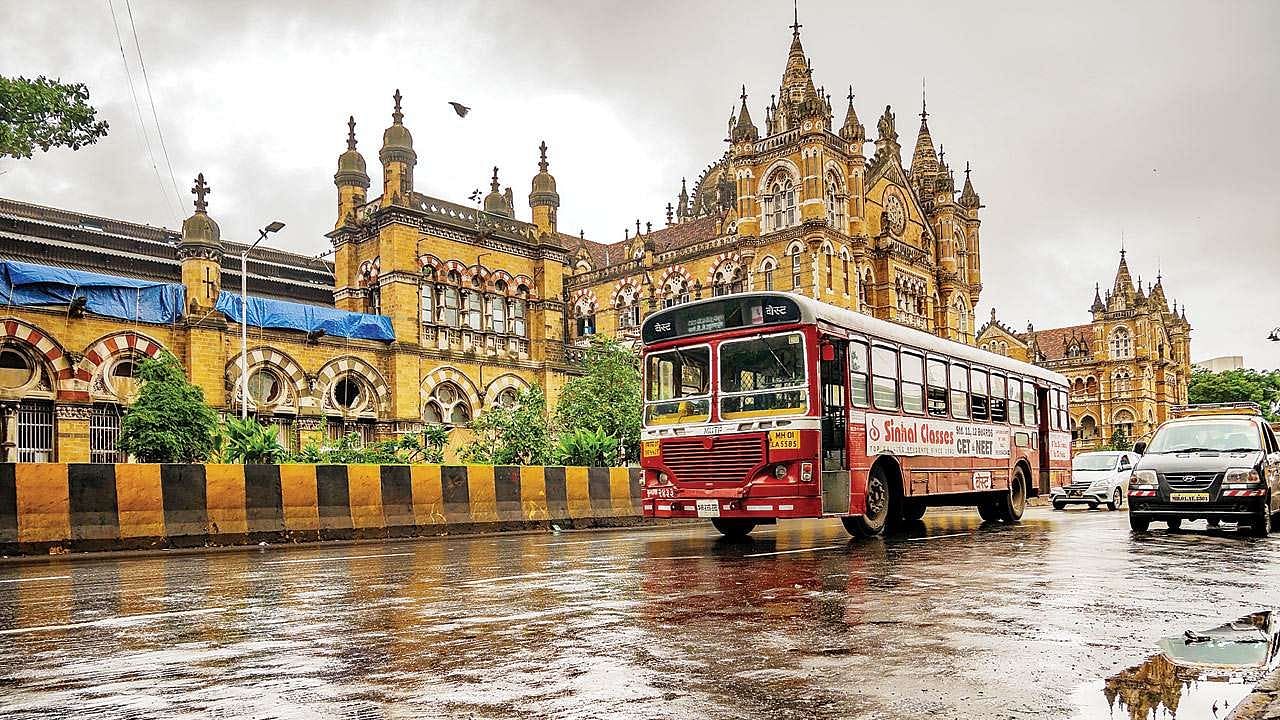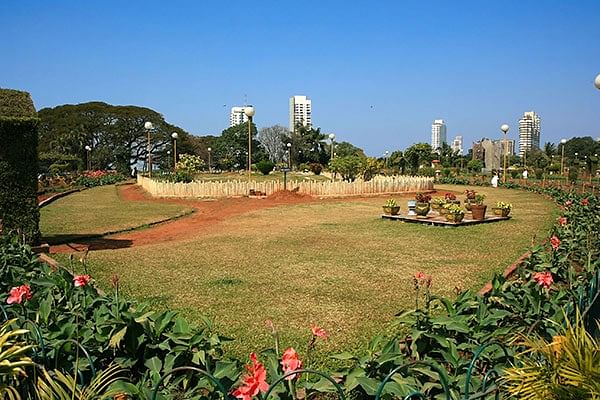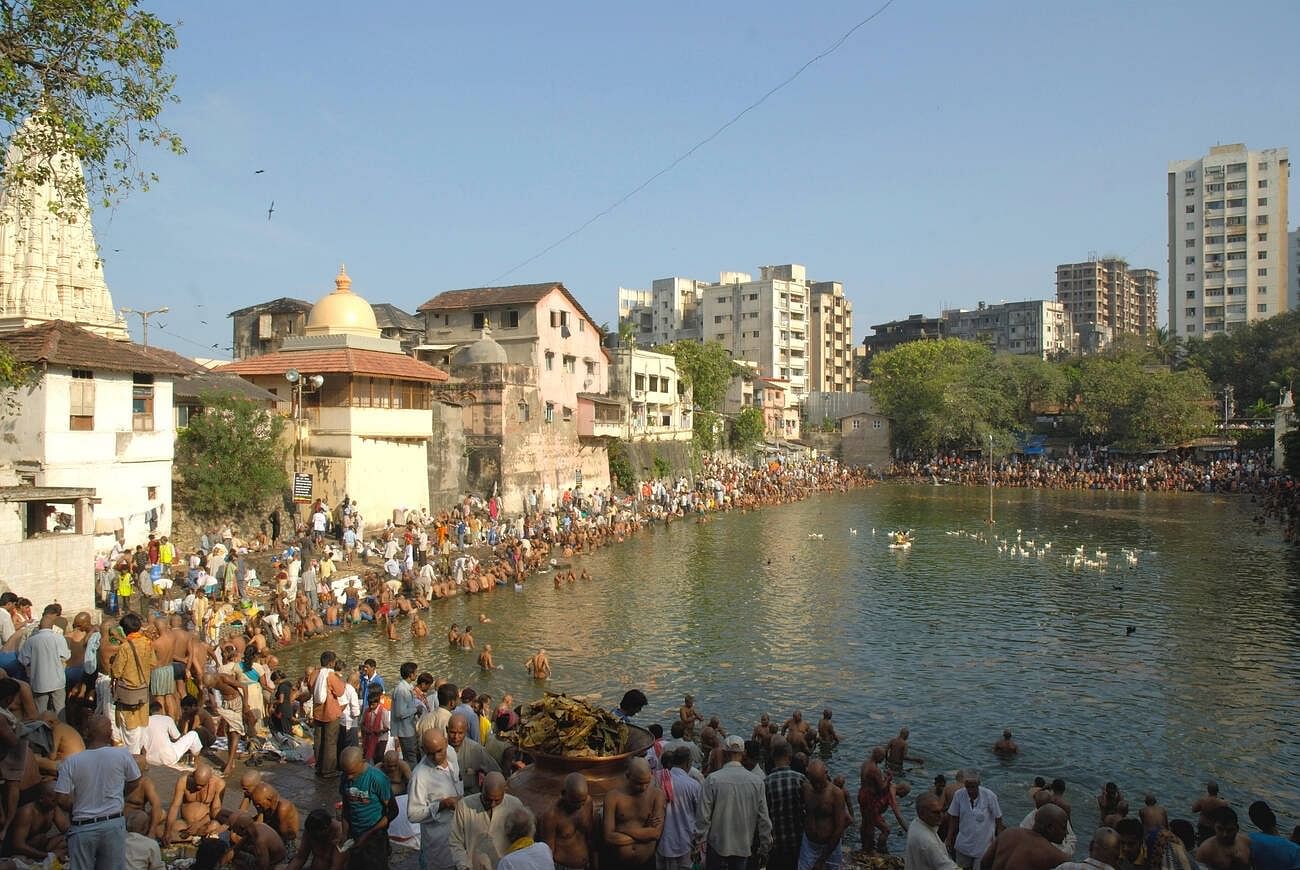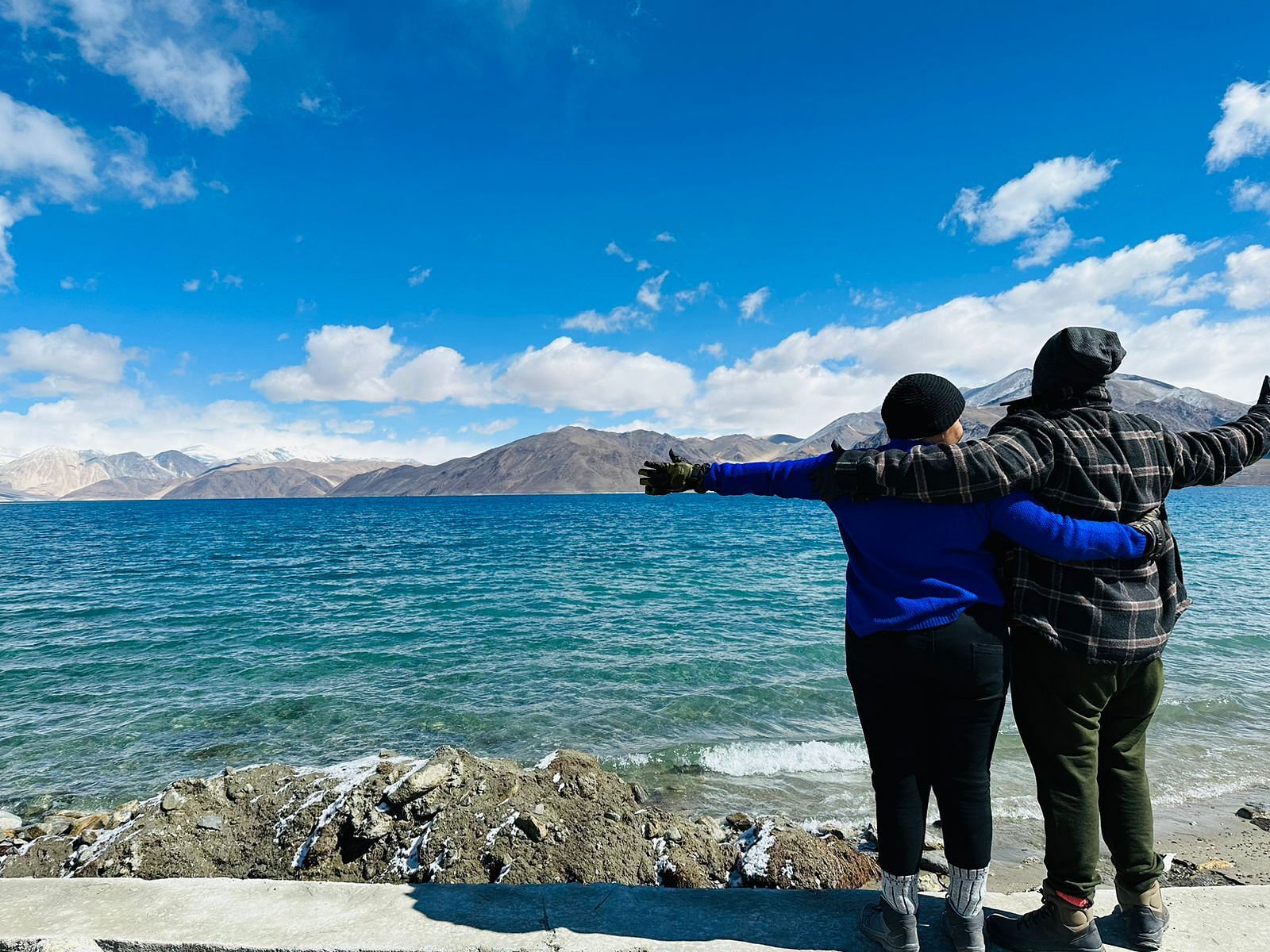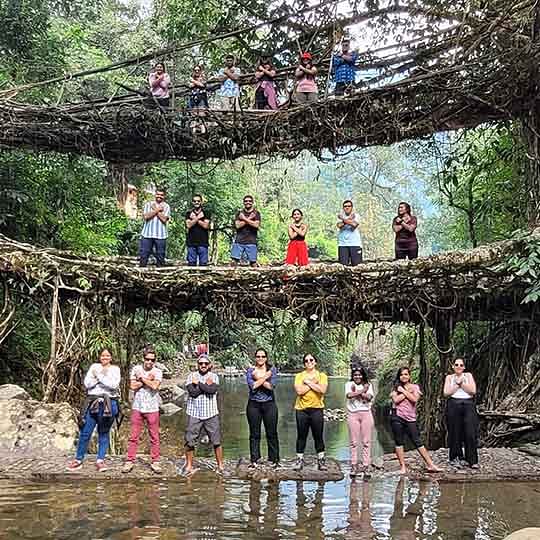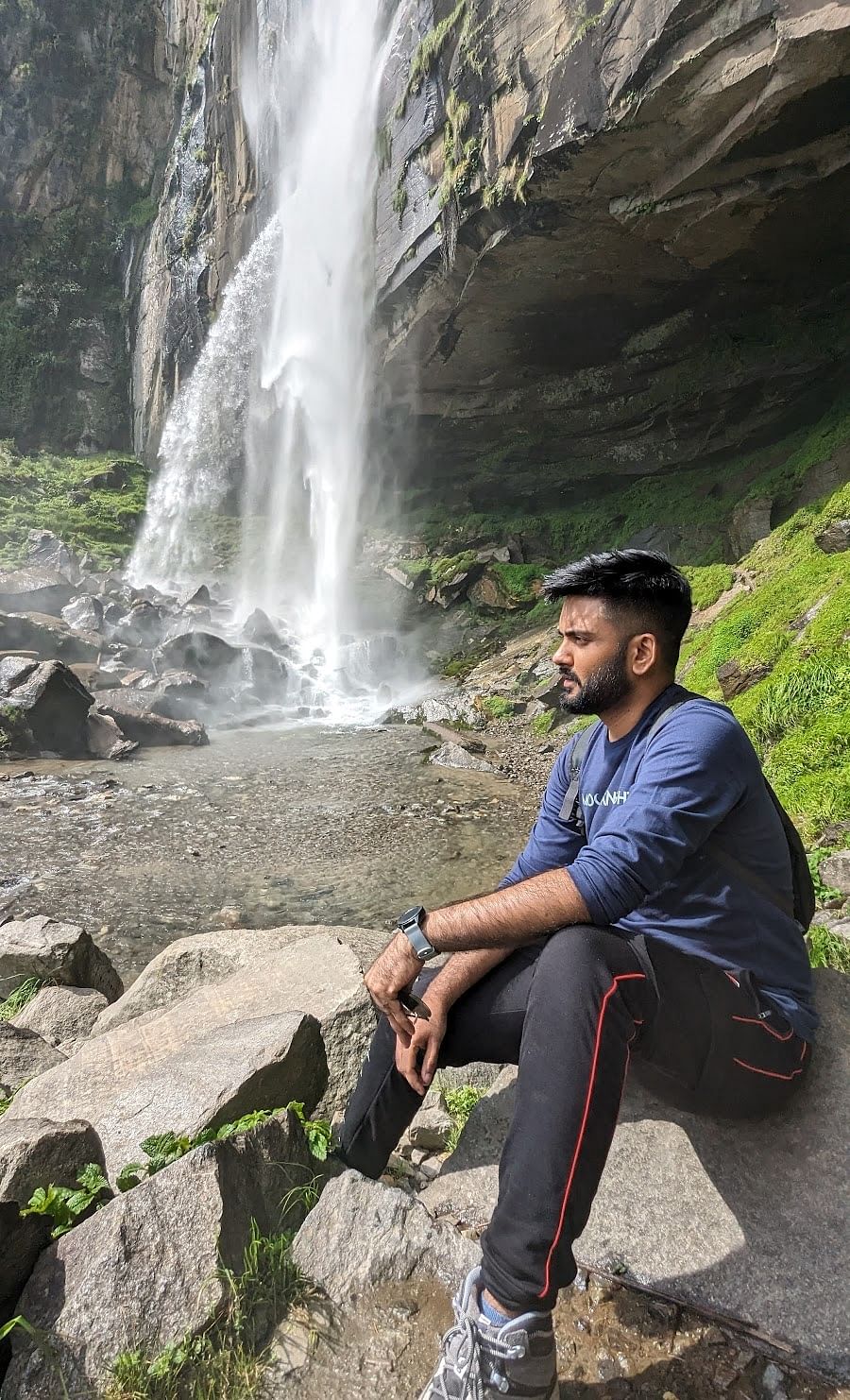Mumbai, a city that never sleeps, is known for its bustling streets, vibrant culture, and iconic landmarks. This city is home to one of the best tourist destinations in Maharashtra.Amidst the urban chaos lies a hidden gem that offers a serene escape and a glimpse into the city’s rich heritage – the Banganga Tank.
This historic water tank, surrounded by ancient temples, is a place where time seems to stand still, allowing visitors to immerse themselves in the spiritual and historical essence of Mumbai.
In this blog post, we will take you on a journey to explore Banganga Tank, its history, significance, and nearby attractions.
The Essence Of Banganga Tank
Banganga Tank, a sacred water reservoir, is an oasis of tranquillity nestled in the heart of Mumbai. This ancient tank is believed to have been built in the 12th century by the Silhara dynasty and later renovated in the 18th century by a philanthropist named Rama Kamath. The tank is surrounded by numerous temples, including the famous Walkeshwar Temple, making it a significant pilgrimage site for Hindus.
The Mythological Connection
According to legend, Lord Rama, during his quest to rescue Sita, stopped at this spot and shot an arrow into the ground to quench his thirst, causing water to gush out. The name “Banganga” is derived from the words “Ban” (arrow) and “Ganga” (Ganges), signifying the emergence of the holy river Ganga from an arrow shot by Lord Rama.
Located in the Malabar Hill area, Banganga Tank in Mumbai is surrounded by narrow lanes and old houses that exude a quaint charm. The tank’s serene waters reflect the sky and the temples around it, creating a picturesque setting that contrasts sharply with the city’s modern skyline.
Banganga Tank holds immense spiritual significance for the local community. Devotees believe that taking a dip in the tank’s holy waters can cleanse one of sins and bring blessings. The temples around the tank, including the Walkeshwar Temple, are dedicated to various deities and attract pilgrims from all over the country.
Exploring Banganga Tank History
The history of Banganga Tank is as fascinating as its mythological origins. It was constructed by the Silhara dynasty in the 12th century and has witnessed several renovations over the centuries. The tank and the surrounding area have played a vital role in the religious and cultural life of Mumbai’s residents.
The tank is rectangular, surrounded by stone steps on all sides, leading down to the water. The surrounding temples showcase intricate carvings and traditional architecture, reflecting the artistic heritage of the bygone eras.The Walkeshwar Temple, in particular, stands out with its impressive design and historical importance.
The Banganga Walking Tour
For those looking to delve deeper into the history and significance of Banganga Tank, joining a Banganga Walking Tour is highly recommended. These guided tours provide valuable insights into the tank’s heritage, the temples, and the legends associated with the site.
Knowledgeable guides share fascinating stories and historical anecdotes that enrich the visitor’s experience.
If you prefer exploring at your own pace, you can embark on a self-guided Banganga Walking Tour. Wander through the narrow lanes, visit the temples, and soak in the tranquil atmosphere. Don’t forget to capture the beautiful reflections in the tank’s waters and take a moment to meditate by the serene pool.
Suggested Read: Best Places to visit near Mumbai during Monsoon season
Banganga Tank And Walkeshwar Temple
The Walkeshwar Temple, dedicated to Lord Shiva, is one of the most prominent temples near Banganga Tank. It is believed that the original temple was built by the Silhara dynasty and later reconstructed by Rama Kamath in the 18th century.
The temple complex includes several smaller shrines and is a major attraction for devotees and tourists alike.
The Banganga Tank and Walkeshwar Temple hosts various rituals and festivals throughout the year. One of the most significant events is the “Banganga Festival,” a two-day cultural extravaganza featuring classical music and dance performances by renowned artists. The festival attracts art enthusiasts from all over the city and beyond.
One of the best aspects of visiting Banganga Tank is that there are no entry fees. The site is open to all visitors, allowing everyone to experience its spiritual and historical charm without any cost.The tank and the surrounding temples are accessible throughout the day. However, it is advisable to visit during the early morning or late afternoon to avoid the midday heat and to experience the peaceful ambiance when the site is less crowded. The ideal visiting hours are from 6:00 AM to 8:00 PM.
How To Reach Banganga Tank
Reaching Banganga Tank is convenient, thanks to Mumbai’s well-connected public transport system. You can take a local train to Charni Road Station, which is the nearest railway station to Malabar Hill. From there, you can hire a taxi or an auto-rickshaw to reach the tank.
If you prefer travelling by car, you can drive to Malabar Hill and park your vehicle in the designated parking areas. The location is well-marked, and you can use GPS or maps for accurate directions. Walking to the tank from the parking area is a pleasant experience as you navigate through the historic lanes of Malabar Hill.
Places to Visit Near Banganga Tank
Hanging Gardens: Just a short walk from Banganga Tank, the Hanging Gardens offer a lush green space with stunning views of the Arabian Sea. It’s an ideal picnic spot in Mumbai for a leisurely stroll or a family picnic.Kamala Nehru Park: Located adjacent to the Hanging Gardens, this park is famous for its “Old Woman’s Shoe” structure and offers a great view of Marine Drive and the Chowpatty Beach. It is one of the best places to visit near Banganga Tank.
Mani Bhavan: A historic building dedicated to Mahatma Gandhi, Mani Bhavan served as his residence during his visits to Mumbai.It now houses a museum showcasing his life and contributions to the Indian independence movement.
Mahalakshmi Temple: Situated nearby, this temple dedicated to Goddess Mahalakshmi is a popular pilgrimage site and offers a serene environment for prayers and meditation.
Tips For Visiting Banganga Tank
The best time to visit Banganga Tank is during the winter months from November to February when the weather is pleasant and ideal for exploring outdoor attractions. Avoid visiting during the monsoon season as the area may become slippery and the tank’s water level may rise.As Banganga Tank is a religious site, it is advisable to dress modestly. Wearing comfortable footwear is essential as you will be walking through narrow lanes and climbing steps around the tank.Capture the beauty of Banganga Tank by visiting during the golden hours of sunrise or sunset when the light creates a magical reflection on the water. Respect the local customs and seek permission before photographing any rituals or devotees.Whether you are a history enthusiast, a spiritual seeker, or a curious traveller, a visit to Banganga Tank and its surrounding temples will leave you mesmerised. So, plan your trip, explore the tranquil waters, immerse yourself in the legends, and experience the timeless charm of Banganga Tank.
Embark on this journey to discover the essence of Mumbai’s cultural and spiritual heritage, and let the tranquillity of Banganga Tank rejuvenate your soul.





